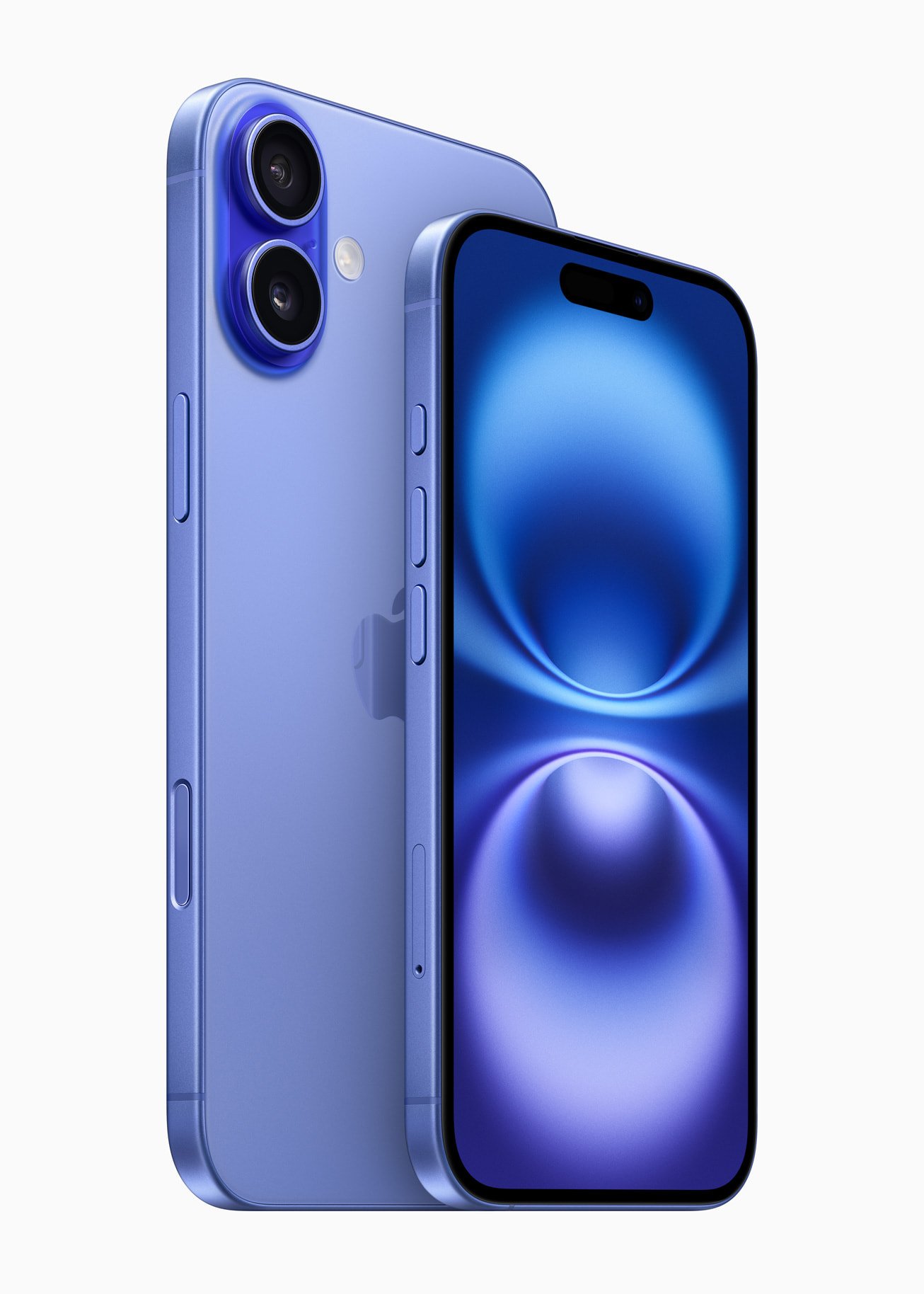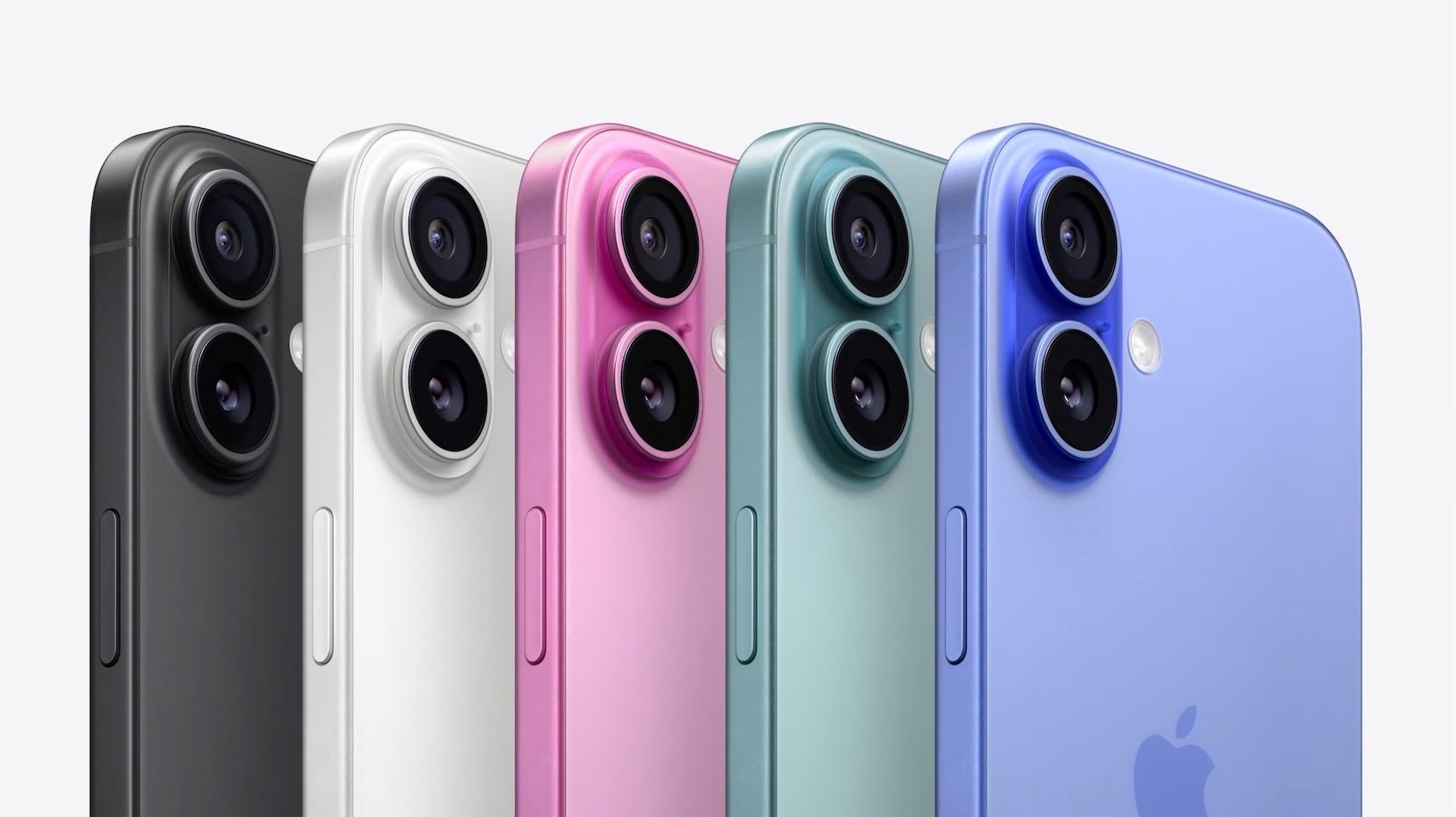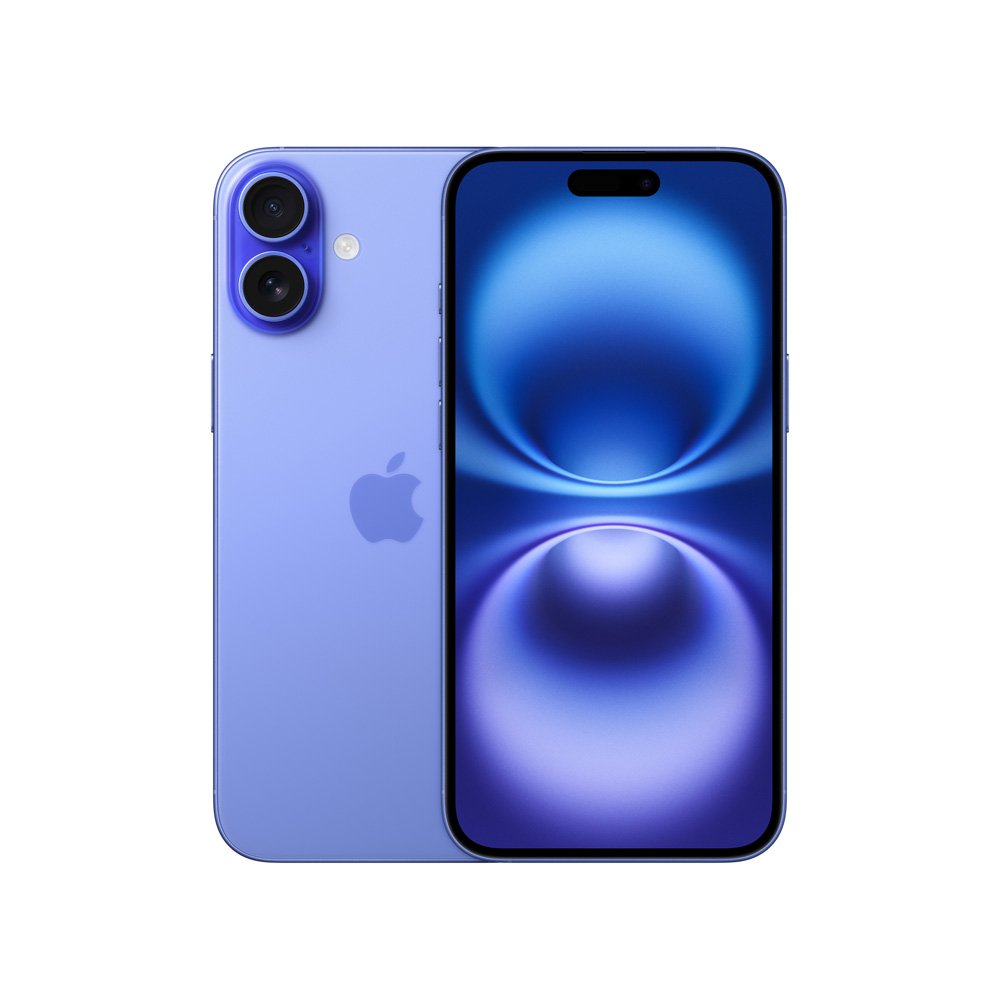The iPhone 16: A Refinement, Not a Revolution?

The annual iPhone release. It’s become a ritual, a reliable drumbeat in the tech world. This year, the iPhone 16 arrives, promising the usual blend of incremental improvements and a few headline features. But in a world of increasingly impressive Android flagships, does Apple’s latest offering do enough to justify its position at the top of the smartphone hierarchy?
Let’s dive in. Performance, as expected, is stellar. The new A18 Bionic chip obliterates benchmarks and handles even the most demanding mobile games with buttery smoothness. Multitasking is a breeze, and the improved neural engine seems to have subtly enhanced everyday tasks like photo processing and Siri responsiveness. Is it a massive leap over the A17 Pro? Probably not. But it’s undeniably a powerful piece of silicon.
The design has seen some… tweaks. The rumored “Capture Button” on the side is present, offering a quick and tactile way to launch the camera and record video. It’s a welcome addition, albeit one that takes some getting used to. The camera bump is slightly redesigned, with a more streamlined appearance. Otherwise, we’re largely looking at a familiar silhouette. The build quality remains exceptional; the surgical-grade stainless steel and Ceramic Shield front cover feel reassuringly premium.

Speaking of cameras, the iPhone 16 boasts improved sensors and processing algorithms. Low-light performance sees a noticeable boost, with less noise and better detail. The Cinematic mode is even more refined, offering more granular control over depth of field. While the upgrades are appreciated, it’s more evolution than revolution in the camera department. Some might find the continued omission of a periscope lens disappointing, especially given its prevalence in competing devices.

The iOS 18 experience is smooth and intuitive, as always. Apple’s tight control over hardware and software continues to pay dividends. The introduction of more AI-powered features, particularly in Siri and Photos, shows Apple’s intent to stay competitive in the evolving AI landscape. However, the walled-garden approach remains a point of contention for some users. Customization options are still relatively limited compared to Android, and the reliance on Apple’s ecosystem can feel restrictive.
Ultimately, the iPhone 16 is a polished and capable smartphone. But its high price tag raises the inevitable question of value. While the performance, build quality, and camera are all top-tier, the incremental nature of the upgrades might not be enough to entice users of recent iPhone models to upgrade. This phone is best suited for those with older iPhones looking for a significant performance jump, or for new smartphone users willing to invest in Apple’s ecosystem.
Where to Buy:

Apple iPhone 16 Quick Summary
Key Scores:
- Value: 92%
- Design: 94%
- Performance: 93%
- Quality: 93%
- Popularity: 96%
Top Pros
- ✅ The A18 Bionic chip delivers exceptional performance for demanding tasks.
- ✅ The new Capture Button offers a convenient way to launch the camera.
- ✅ Camera improvements enhance low-light photography significantly.
Key Cons
- ❌ The design changes are relatively minor and evolutionary.
- ❌ The high price tag makes the value proposition somewhat questionable.
- ❌ Limited customization options exist compared to Android devices.
- …








